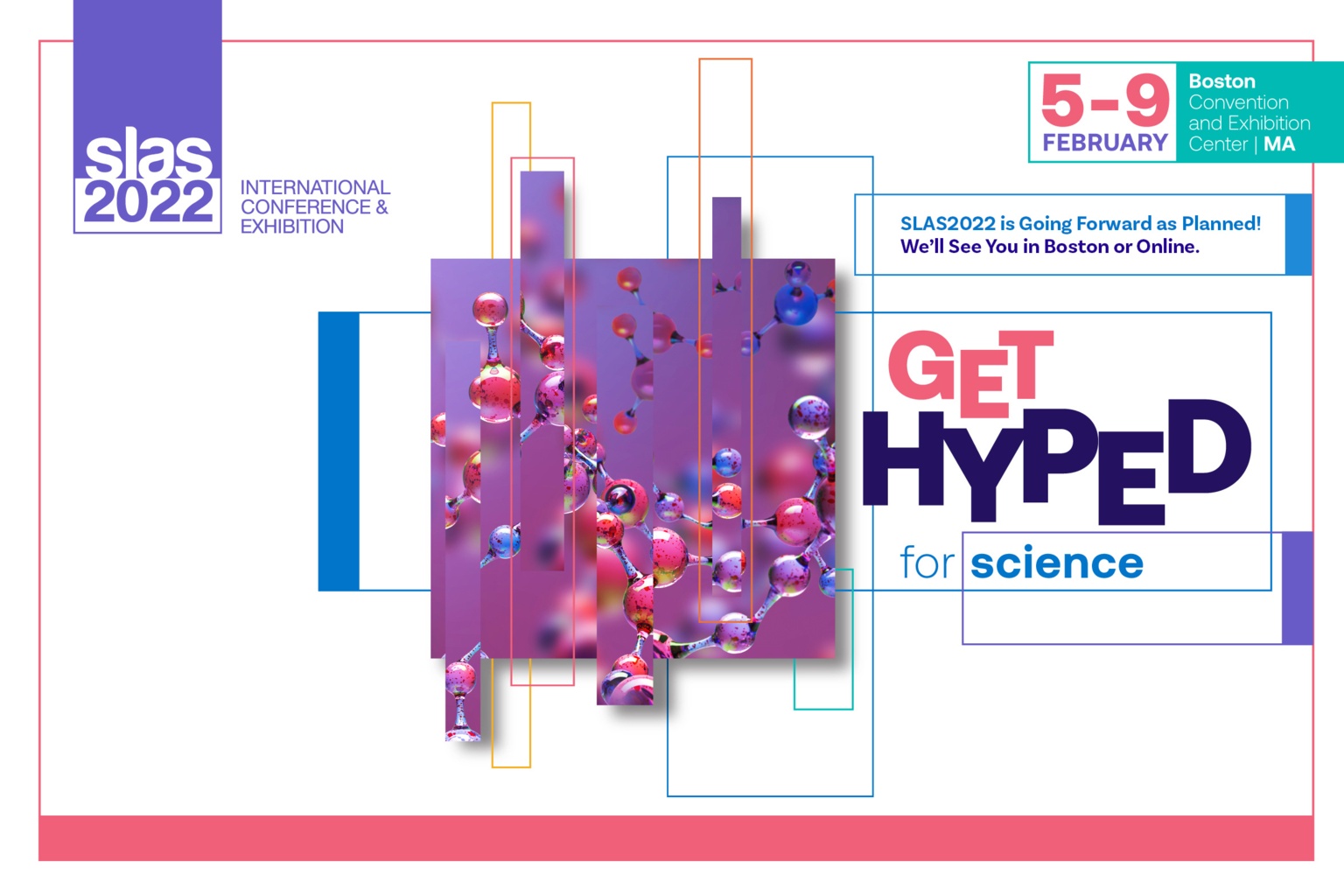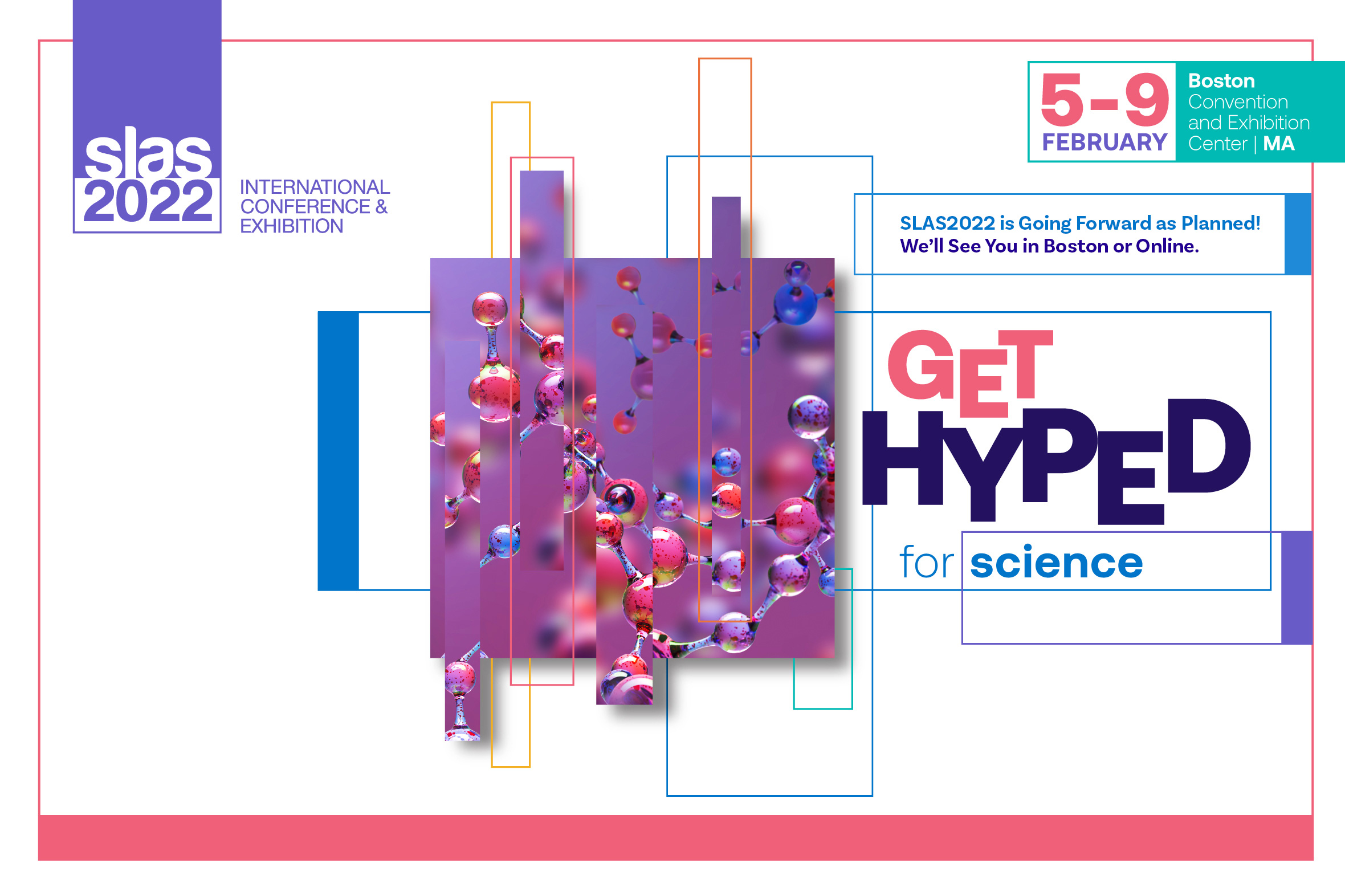February 5-28, 2022
Boston Convention & Exhibition Center
Boston, MA, USA


February 5-28, 2022
Boston Convention & Exhibition Center
Boston, MA, USA
In the last several years, multiple research publications have shown the increased value of using 3D cell models compared to traditional 2D systems. Although considered by many as a more representative model of in vivo biology, the setup of 3D models can be more challenging, especially when the throughput is increased. This course will provide an overview of scaffold and scaffold-free techniques and key optimizations for increased throughput through imaging technologies and automation. Attendees will learn the tips and tricks for improving cell seeding, handling, processing and use of high-content imaging and analysis for 3D applications to address the need of higher throughput demands.
This course will provide educational information and practical techniques to move the valuable, more predictive 3D cell culture models from more manual research-based work to a more automated, mid-to high-throughput environment.

Hilary Sherman, Ph.D.
Corning Life Sciences
Hilary Sherman is a Senior Scientist in the Corning Life Sciences Applications Lab located in Kennebunk, ME. Hilary has been with Corning Incorporated since 2005 and has worked with a wide variety of cell types including mammalian, insect, primary, stem cells and organoids in a vast array of applications. Her key roles at Corning involve creating technical documents such as protocols and whitepapers as well as providing technical support and training for both the Corning sales force and customers. In the last several years, Hilary has worked extensively with 3D cell culture applications including human organoid culture.
Oksana Sirenko